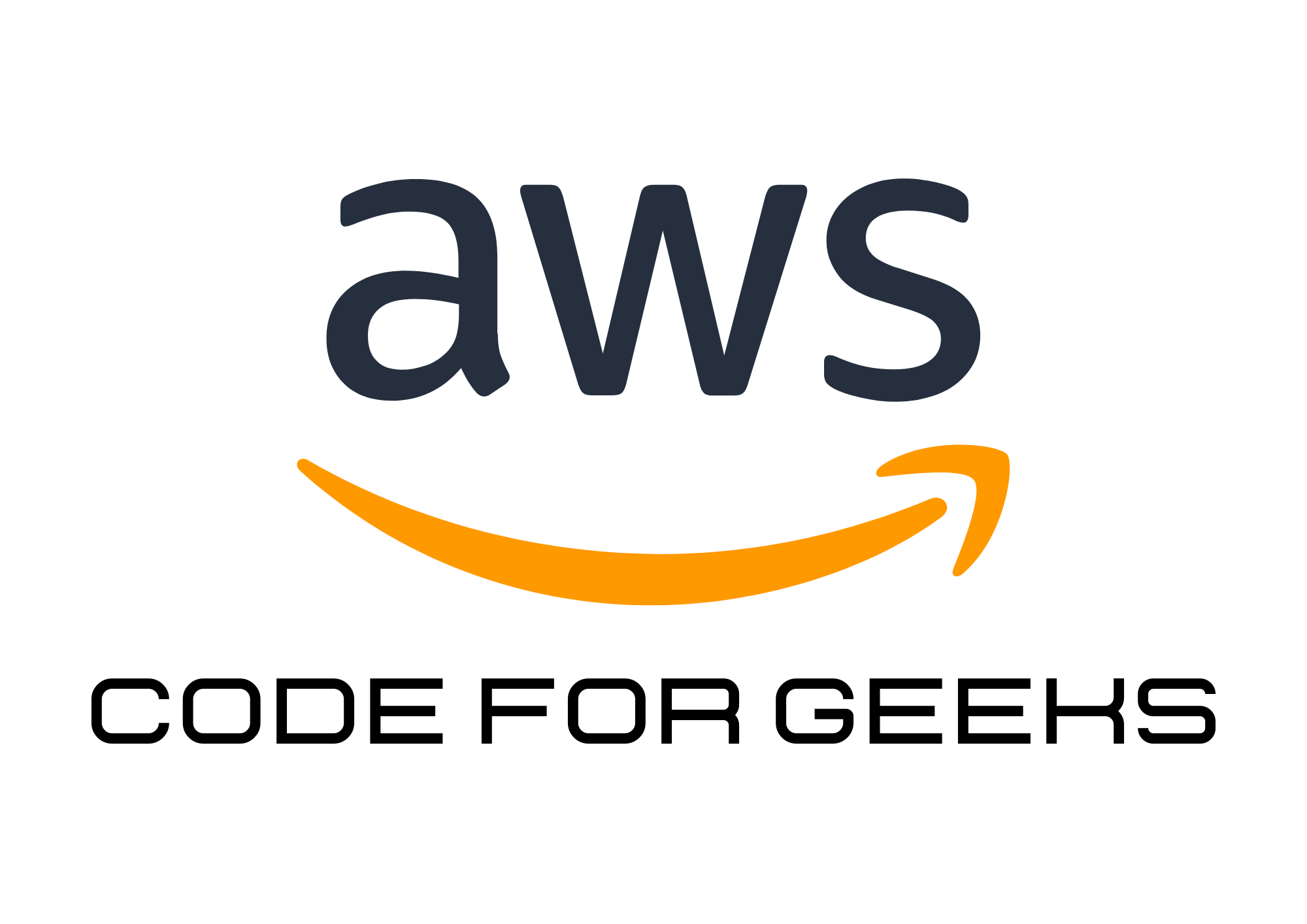Let’s Start with the Basics
Imagine you’re building an app, and you need a private, secure space to host your resources. You don’t want anyone else snooping around, right? That’s where AWS VPC (Virtual Private Cloud) comes in. Think of it as your own private section of the AWS cloud—a secure and isolated network where you control everything.
What is AWS VPC?
AWS VPC is a virtual network that lets you securely host and manage your resources, like EC2 instances, databases, and more. It’s like having your own data center, but without the hassle of maintaining physical hardware.
Why Do You Need a VPC?
- Isolation and Security
Your VPC is completely isolated from other AWS customers, giving you full control over who can access your resources. - Customization
You can design your VPC to fit your needs:- Divide it into subnets.
- Control traffic with security groups and network ACLs.
- Define routing rules.
- Scalability and Integration
Easily scale your VPC to accommodate growing traffic and integrate with other AWS services like ELB, RDS, and Lambda.
How Does AWS VPC Work?
Here’s a simple breakdown of the key components of a VPC:
- Subnets
Subnets are smaller segments of your VPC.- Public Subnets: Resources here can be accessed from the internet.
- Private Subnets: Resources here are isolated from the internet.
- Route Tables
Route tables define how traffic flows within your VPC and to external networks. - Internet Gateway
An Internet Gateway enables internet access for resources in public subnets. - NAT Gateway
Allows instances in private subnets to access the internet securely. - Security Groups
Act as virtual firewalls to control inbound and outbound traffic for your resources. - Network ACLs (Access Control Lists)
Provide an additional layer of security at the subnet level.
Step-by-Step: Setting Up Your First VPC
Let’s create a basic VPC with public and private subnets:
Step 1: Create a VPC
- Log in to the AWS Management Console.
- Go to the VPC Dashboard and click Create VPC.
- Name your VPC and define the CIDR block (e.g.,
10.0.0.0/16).
Step 2: Add Subnets
- Create a Public Subnet (e.g.,
10.0.1.0/24). - Create a Private Subnet (e.g.,
10.0.2.0/24).
Step 3: Set Up an Internet Gateway
- Attach an Internet Gateway to your VPC.
- Update the Route Table for the public subnet to route internet traffic via the Internet Gateway.
Step 4: Add a NAT Gateway (Optional)
- Deploy a NAT Gateway in the public subnet.
- Update the Route Table for the private subnet to route outbound traffic through the NAT Gateway.
Step 5: Configure Security Groups
- Define rules to allow specific inbound and outbound traffic for your resources.
Use Cases for AWS VPC
- Hosting a Website
Place your web server in a public subnet and your database in a private subnet for security. - Running Multi-Tier Applications
Divide your app into tiers (frontend, backend, database) using subnets to isolate each layer. - Hybrid Cloud Deployments
Use AWS VPC to extend your on-premises data center to the cloud securely.
Benefits of Using AWS VPC
- Complete Control
You decide the network configuration, routing, and security rules. - Enhanced Security
Leverage private subnets, security groups, and NACLs for airtight security. - Flexibility
Build everything from simple web apps to complex enterprise architectures. - Cost Efficiency
You only pay for the resources you use within the VPC, making it a cost-effective solution.
Real-Life Example: A SaaS Platform
A SaaS company hosts its application in AWS using a VPC:
- Public subnets house web servers with internet access via an Internet Gateway.
- Private subnets contain the application servers and databases, isolated from public access.
- A NAT Gateway allows the private servers to download updates from the internet securely.
- Security groups ensure only specific traffic can flow between the app and database layers.
Pro Tips for Working with VPCs
- Plan Your CIDR Blocks
Choose CIDR ranges carefully to avoid overlaps, especially if connecting to on-premises networks. - Enable Flow Logs
Use VPC Flow Logs to monitor traffic and troubleshoot network issues. - Leverage AWS Config
Use AWS Config to monitor and enforce compliance for your VPC settings. - Use VPC Peering
Connect multiple VPCs securely using VPC Peering.
Conclusion: Your Network, Your Rules
AWS VPC gives you the flexibility, security, and scalability you need to build robust cloud applications. Whether you’re hosting a simple website or deploying a multi-tier architecture, VPC ensures your network is secure and tailored to your needs.
Ready to build your own virtual private cloud? Dive into the AWS VPC Dashboard and take the first step toward mastering cloud networking.

